I grew up in the Winamp days. Napster, Limewire, cracks & warez, remember? Winamp was always open. And alongside my playlist of illicitly-downloaded mp3s would always be MilkDrop. If you don’t know, MilkDrop is absolute zenith of audio visualization software, and it spawned my love of generative visualizations.
I’ve never got my head around all the maths involved. I’ve dabbled with shaders, but it still boggles my mind. Nevertheless, I would spend my evenings playing with the HTML Canvas and WebAudio APIs, exploring and building things just for fun. Programming can be really fun.
And I shared them.
One of the things I built at that time (early 2015) was Chromata, a generative art tool. I was exploring cellular automata and emergence but mostly trying to make something that looked cool.
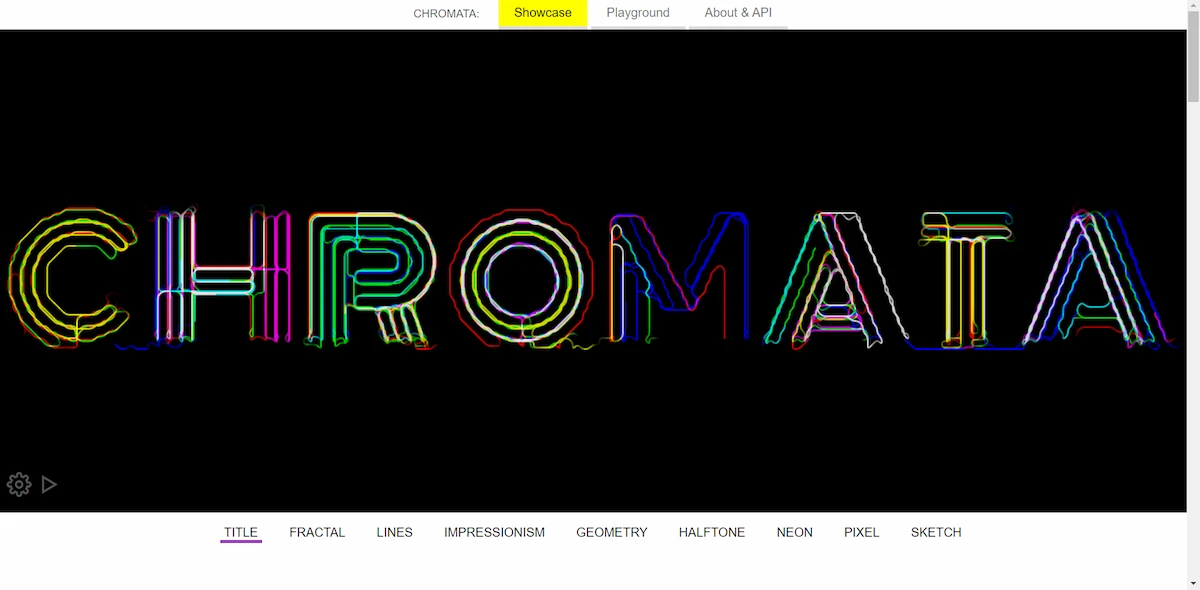
Then we had kids. Free time diminished. Then I started bootstrapping Vendure. No more time in the evenings for idle experimentation. This website languished, blog feed frozen. But Chromata and my other experiments were still there, still shared. And every so often someone new would discover and appreciate them.
And I was happy with that. I expected no more and gave it little thought.
Fast-forward to 2021. Suddenly I started getting a lot of DMs and emails about Chromata. Why? NFTs of course. The code is MIT licensed - knock yourselves out guys! But this is not a story about NFT riches.
In April I got a much more interesting email. It came from Maria at National Science and Technology Museum in Milan. They had stumbled upon Chromata and wanted to turn it into a permanent interactive exhibition.
Excuse me? That old code I wrote and shared more than 6 years ago? That product of my amateur tinkering?
Yes! They were putting together a new, interactive space named “Future Inventors” and wanted to feature Chromata as a full-room projected installation. I of course jumped at the chance of actually getting paid to essentially do my hobby. So I took a week off regular work and spent the time adapting the Chromata code to be run in the museum, adding a mobile app which allows visitors to use their own photos as the basis of the generated artworks.
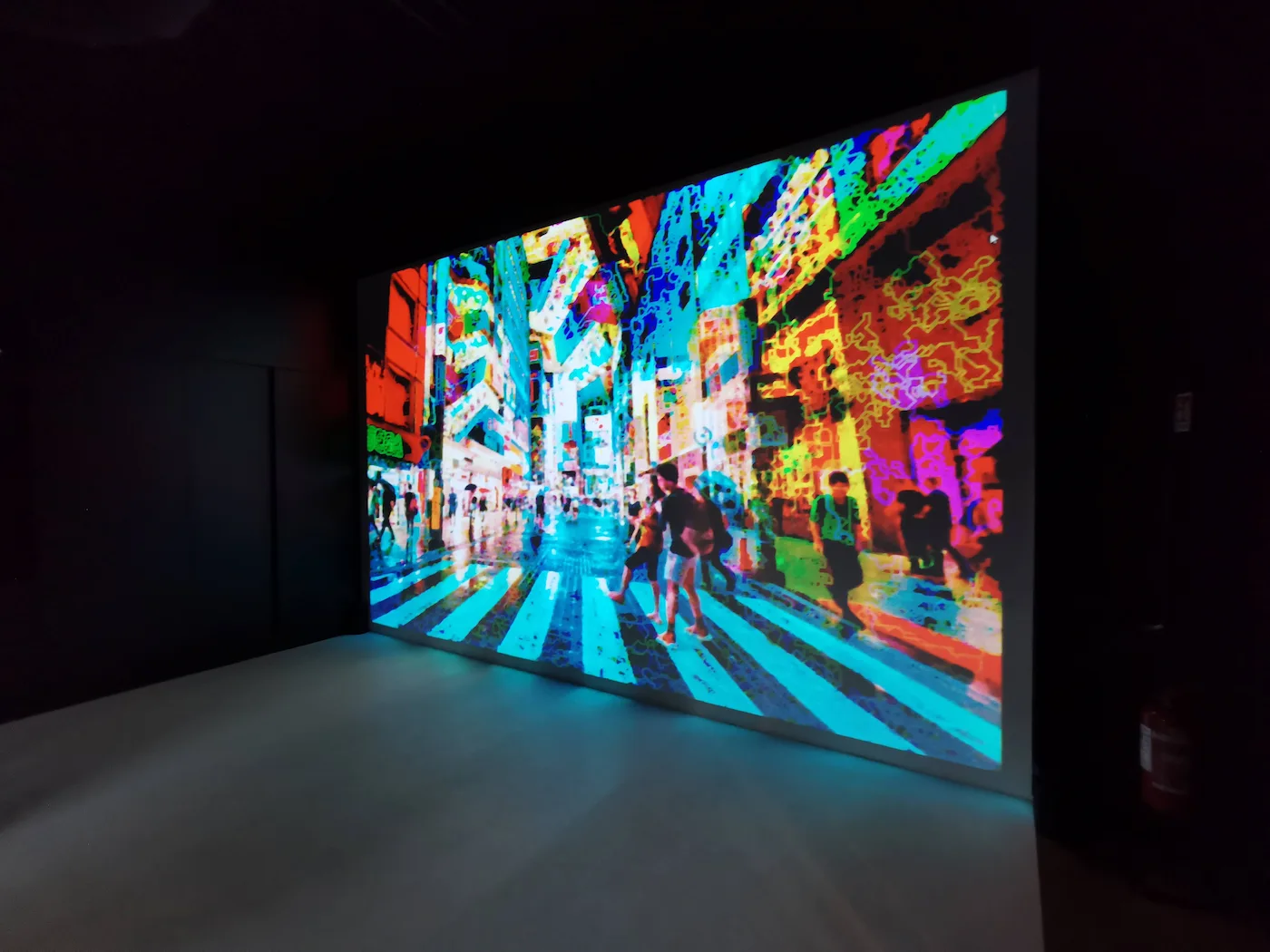
The Chromata installation
By August I’d delivered the final piece and in September it was featured as part of the Ars Electronica festival.
I am now a professional artist, I guess!
It gets even better. In November, I was invited to the opening event of the Future Inventors lab. They flew me out to Milan and I got to physically stand inside my creation. That was a cool feeling.
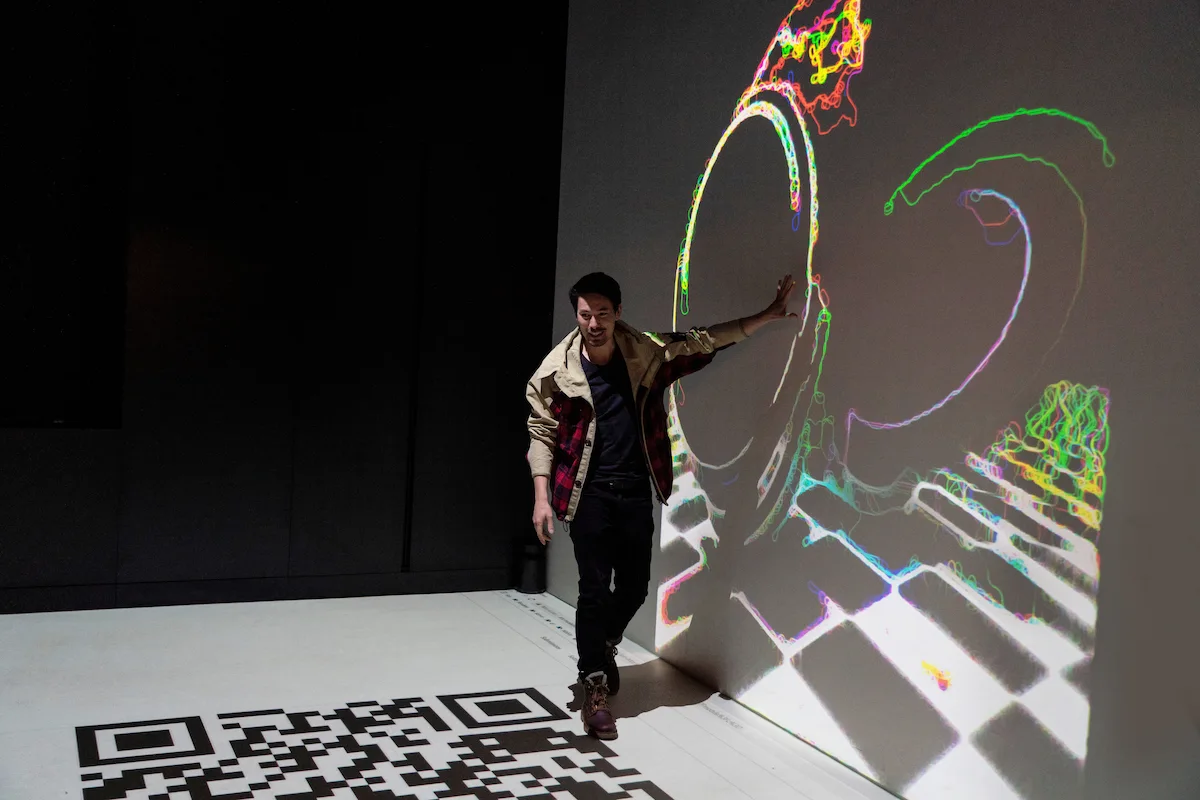
Meeting my creation for the first time
That evening I took part in a panel discussion with Neil Mendoza, whose work is also featured as part of the exhibition. The panel was moderated by university lecturer and art curator Giacinto di Pietrantonio. It was kinda funny to be asked about my art “career”; the answer was quite short!
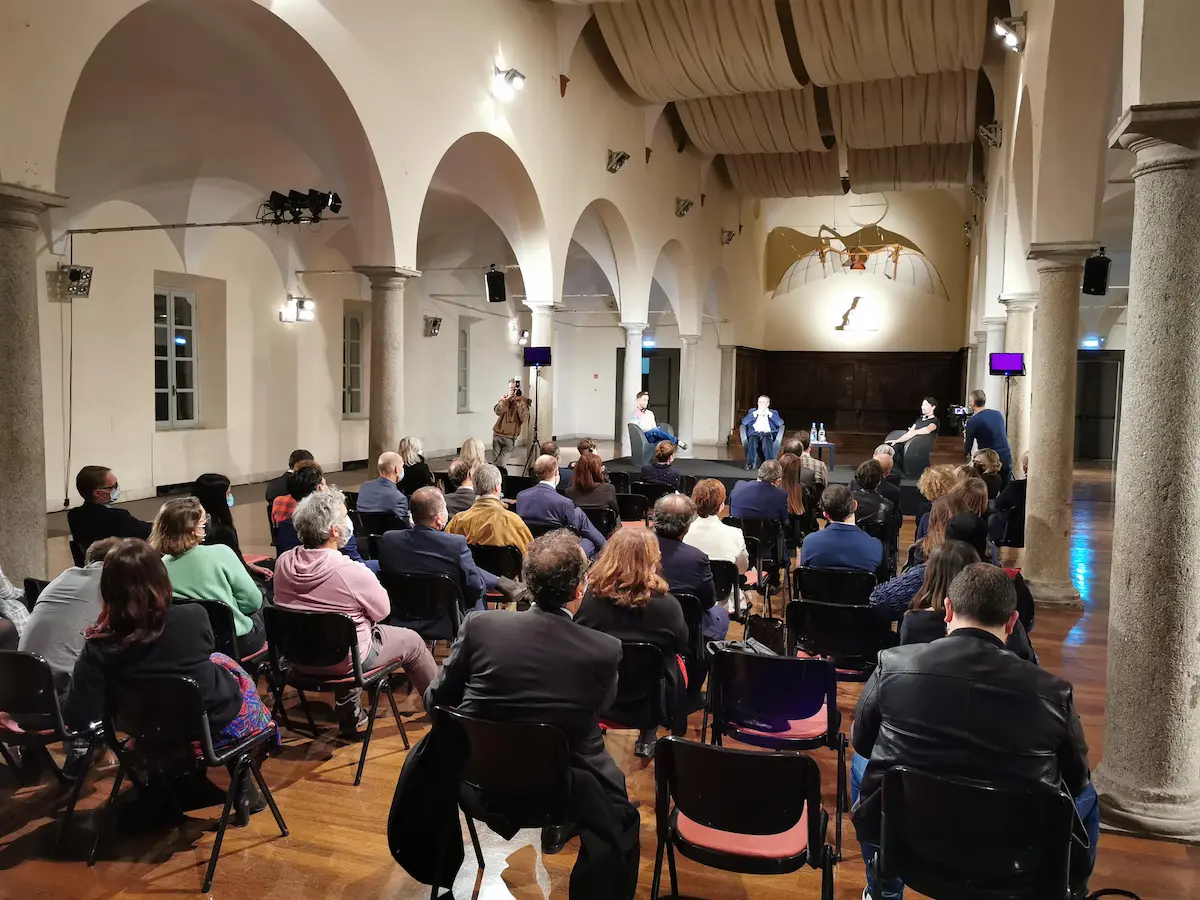
Panel discussion with Neil Mendoza and Giacinto di Pietrantonio
This was followed by a reception in which I toured guests through the installation and answered their questions. Lots of art people seem to be interested in NFTs. For the record, I am not.
The next day I was able to spend the day with my wife touring the city, which is really very beautiful and impressive (and I say this as someone living in Vienna).
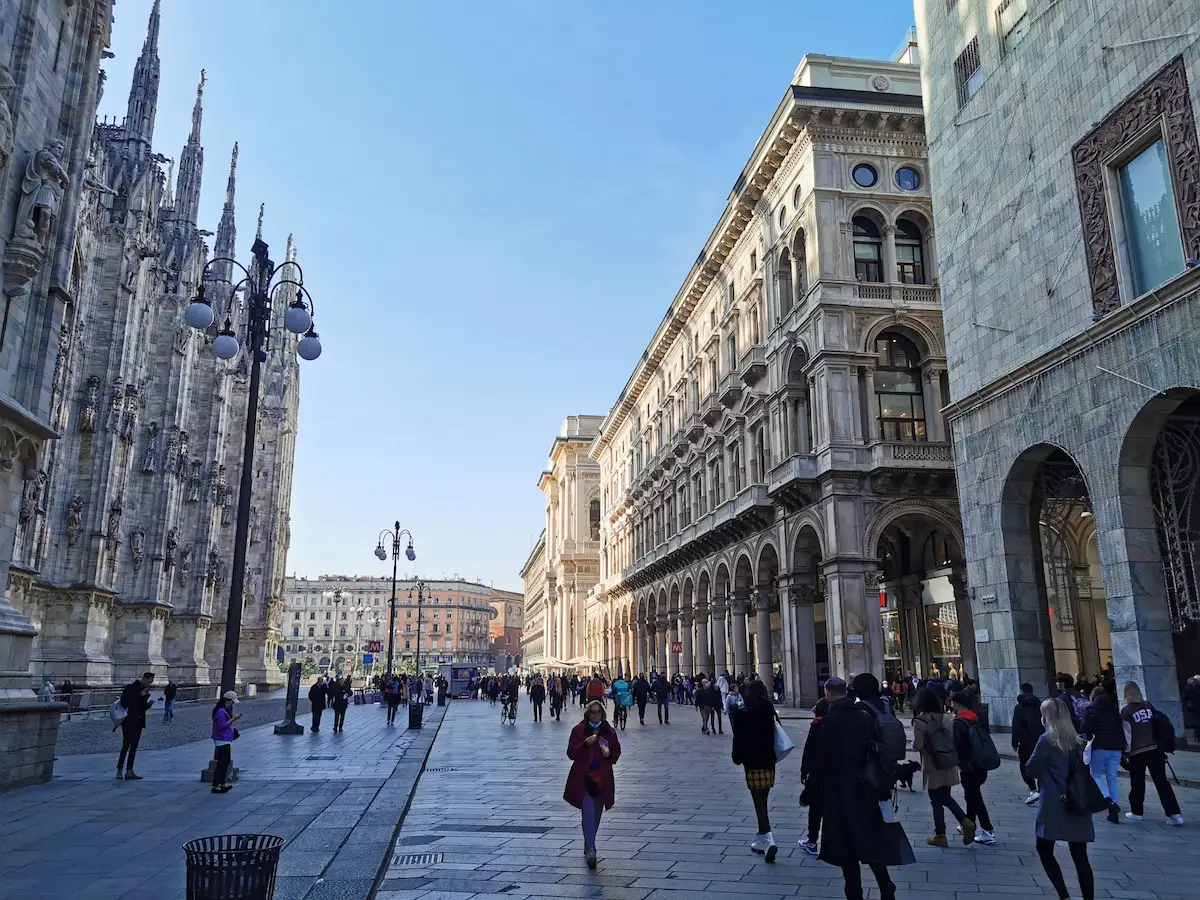
The cathedral square in Milan
So share you work!
Or, “build in public”, or however you want to phrase it. I’m not saying that something like this will happen to you. But it might. And if you don’t share, it certainly won’t.
This can be generalized to communicate. Communucation is the very stuff of which life is made. Do it more and see what happens.
Thank you to Maria Xanthoudaki for the opportunity to share my work more widely, and to the IBSA Foundation for supporting the effort to bring science and technology to a wider audience. If you are ever in Milan, the museum is well worth the visit. They have a huge collection of Da Vinci’s scientific and technological works.
Here’s a video interview I did for the IBSA Foundation: